Francois Paul Journe is the CEO of the eponymous Geneva-based watch company that is the ultimate object of desire for some of the world’s most discerning collectors. For our Luxury Leaders series, he talks to Darius Sanai about how F.P.Journe’s watch business has thrived as an independent, focused on scientific precision, in a world dominated by luxury groups.
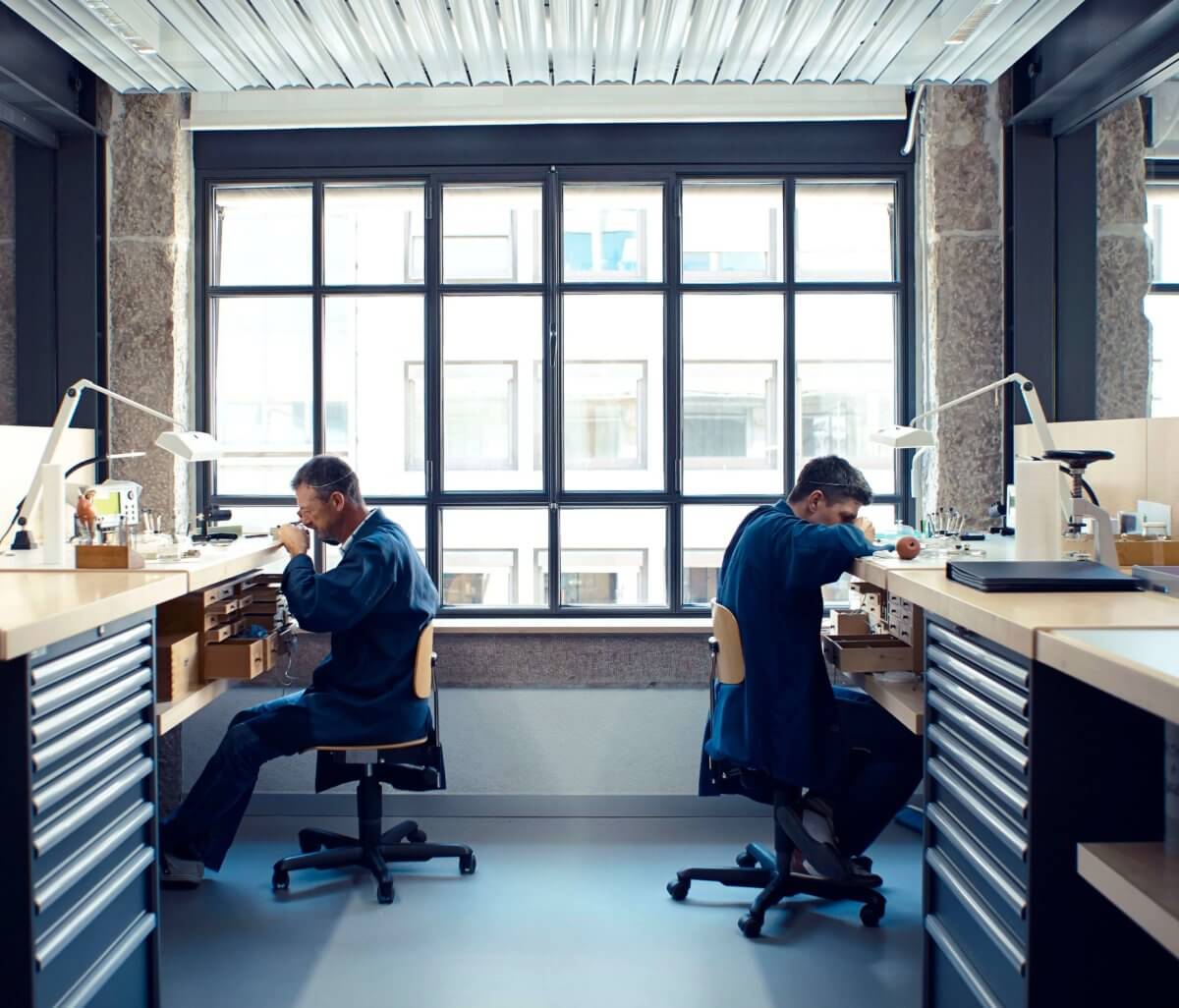
FP Journe watchmaker’s atelier
LUX: Why have you succeeded where so many others have failed?
Francois Paul Journe: I believe we have to go back in time to explain. Watchmaking schools do not teach to conceive a watch and being a watchmaker is not synonymous with changing a battery. I was lucky enough, after finishing my watchmaking school, to work with my uncle Michel, renowned antique horology restorer in Paris and learn “on the field” to repair complicated watches, benefit from his experience and discover a world of culture the school does not teach. My uncle was also the curator of the Musée des Arts et Métiers in Paris, I discovered the most astounding creations by the great French Masters and that obliged me to go further in my research, in order to create watches as beautiful as theirs. But I had to work tirelessly and acquire a real knowledge of the horological history. You do not acquire this kind of experience at school. I became totally passionate and horology became my life.
At the time, there were maybe 15 collectors who were interested to buy authentic horology as the quartz was revolutionising the watch industry and haute horology was not any more in the trend. I had to wait for the taste of clients to revert to real horology until about 1991 when I sold my first wristwatch with tourbillon. I set up my own independent manufacture, to remain independent above all and not have to depend on anyone. From then on, I created a full collection and I never stop selling my watches after that.
Read next: Jean-Claude Biver on the evolution of luxury
Also, F.P.Journe is the only manufacture in the centre of Geneva, and we are producing 95% of the haute horlogerie components necessary to make our watches, dial and cases included. We also offer a true watchmaking art. Each certified watchmaker makes a specific watch according to his technical sensitivity, and performs all production stages from beginning to end without anyone interfering in the process. A long lost privilege in today’s industrial watchmaking that is more and more segmented.
This is why my horology is different, authentic and respecting the fundamentals of haute horology. Above all, I remain in my own path, innovation, quality and independence. And collectors appreciate our authenticity, transparency and our permanent researches for precision, innovation and exclusivity.

Francois Paul Journe
LUX: How does history inform your brand?
Francois Paul Journe: I respect the history of horology as a musician would study Mozart. If one does not understand the philosophy of the ancient grand watchmakers which only goal was to make watches that were giving the exact time, then you only create gadgets.
LUX: How can you make a product stand out to a consumer who owns everything?
Francois Paul Journe: Our collectors who can have the best money can buy, and above all, exclusive objects know that I am running an independent manufacture with an integrated production of all the components necessary for the making of our watches. It includes the creation and production of all its dial and watch cases which echo our 18 karat rose gold movement in perfect harmony. We are the only manufacture in the world to do so. My goal is continue my pursuit of precision in creating innovative precision chronometers in the respect of the fundamental values of haute horology and I will not disrupt this rule under any circumstances.
Read next: Sky high with Bombardier private jets
LUX: What is luxury?
Francois Paul Journe: Luxury is a term that has been perjured and used outrageously. It means excellence, know-how and innovation, within a limited production combined with genuine craftsmanship, an exclusive design with a genuine authenticity. It is also a desirable object that is not a necessarily a necessity.
LUX: How do you honour tradition while still innovating?
Francois Paul Journe: You can certainly innovate but you have to respect the fundamentals in high horology that have pertained for over 2 centuries, and there are not many horologists doing so today. I am proud to be one of the only fervent defendants of the fundamental values of haute horlogerie. We have a real manufacture and we continue to produce our watches as if they were scientific objects. That is how watches were considered in the 18th century.
LUX: What are the biggest challenges you’ve faced as the owner and CEO of a luxury brand?
Francois Paul Journe: Independence is in your genes; for me it is not negotiable. Many of the challenges I set for myself would be difficult to achieve if I depended on large financial groups, on a financial side as well as on a creativity side and on a component production side. When I create a new calibre, I can modify components as I please in no time as they are made in our manufacture and I don’t have to depend on a supplier either.
As an independent, we have to demonstrate a strong resistance against big groups and provide a genuine authentic concept and rely on ourselves only. We thus have to be self sufficient and control our production as well as our sales network. That is why we have opened our own network of boutiques which are offering the best possible service to our client, a professional approach of high horology and a perfect knowledge of our collections, without mentioning receiving our clients in a décor at the image of our brand. But creativity is our most powerful weapon to exist and coming out of groups’ shadow.
Big groups sell industrial watches, and we are selling authentic high horology watches. I can only hope a certain public will know how to make the difference and do justice to the genuine values of craftsmanship that we will never cease to perform.
Read next: Secrets to investing in Switzerland
LUX: Would you define F.P.Journe as a discovery brand?
Francois Paul Journe: I don’t know what you mean exactly by a discovery brand. We can be called a discovery brand in the sense of innovation as we are producing innovative mechanism, or reunite different technical developments another brand have not put together, i.e. the Tourbillon Souverain with remontoir d’égalité and we are the only ones to do so. If you mean a recent brand, yes we are not for the general public but we are one of the best known brands in the world of collectors.
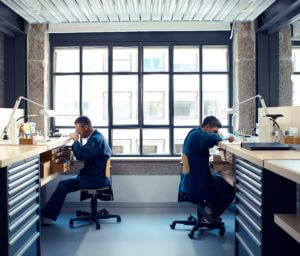
FP Journe watchmaker’s atelier
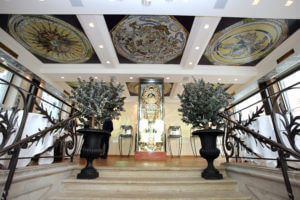
The entrance to the FP Journe Manufacture in Geneva
LUX: How many watches would you recommend an individual owned?
Francois Paul Journe: I cannot tell a collector how many timepieces he should own, each collector has a collection that correspond to his taste but also its financial means. If he has only a few watches and he is happy with them, it is fine but he is not really a collector. But it is also fine if a passionate collector owns one models of each available in my collection .
Read next: The silent speed of a Rolls-Royce Wraith
LUX: What innovation are you most proud of?
Francois Paul Journe: The Tourbillon has been my first fascination of course and the resonance phenomenon has been occupying my mind for years in order to produce my Chronomètre à Résonance with 2 mechanical beating in opposition and auto-regulating each-other. But the watch I am most proud of is certainly the sophisticated Sonnerie Souveraine, the most difficult and most accomplished horological creation never realised and the one that has certainly given me the widest challenge in my career. It means six years of research for the Invenit and 10 patents for the Fecit, over 500 components, 4 month of assembling, adjusting and fine tuning, and this without counting the manufacturing of the components entirely produced in our manufacture in the centre of Geneva.
Operating a chiming watch has always been risky. If you do the slightest thing wrong, like setting the time while the chimes are engaged or ringing, you damage precious mechanisms. My challenge was to create a Grande Sonnerie that was safe to use, and what sets it on a higher plane is that it is the only grand strike clock watch safe to use existing today.
LUX: How do you relax?
Francois Paul Journe: I work a lot and I do not have so much free time. Mostly it is dinner with friends, tasting good food and good wine, and enjoying each other’s company. And Formula 1 racing.
fpjourne.com
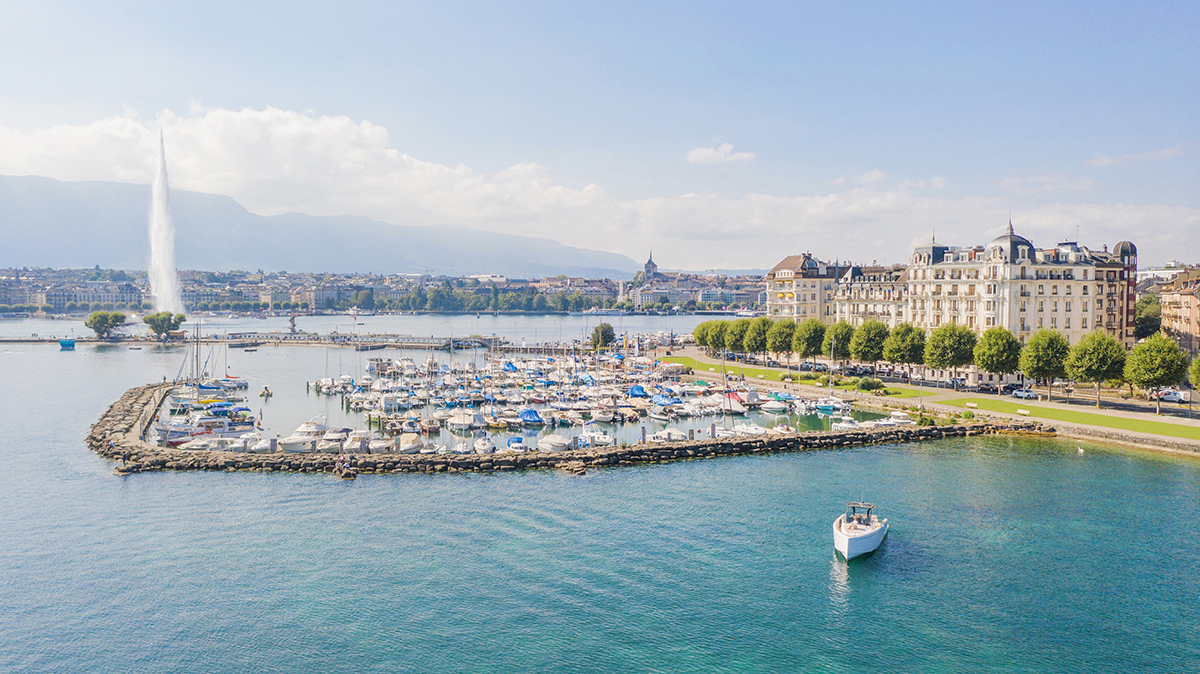
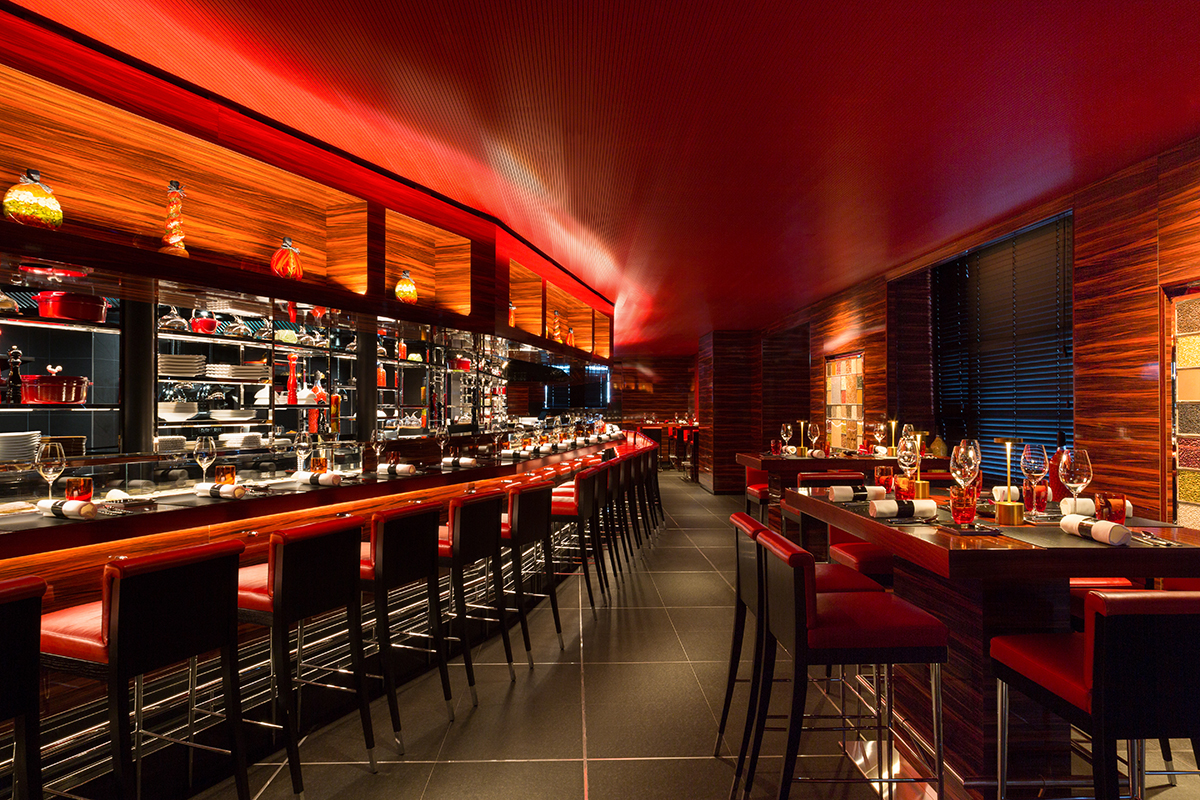

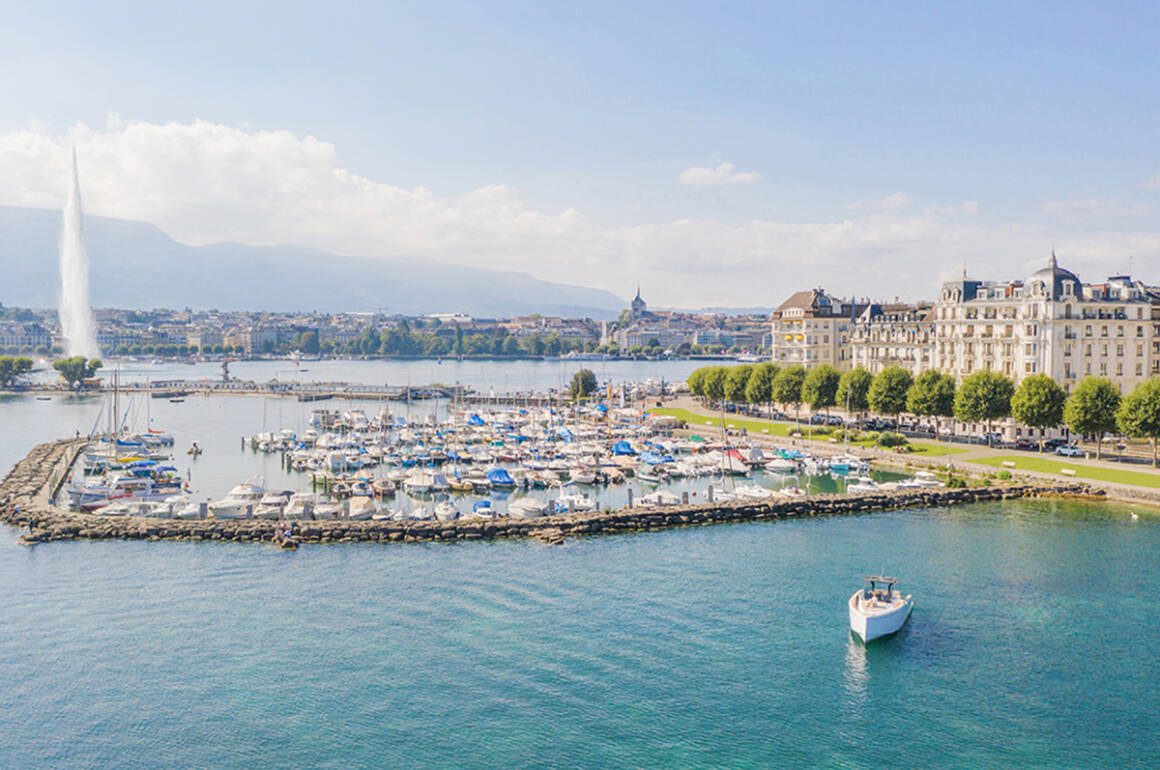
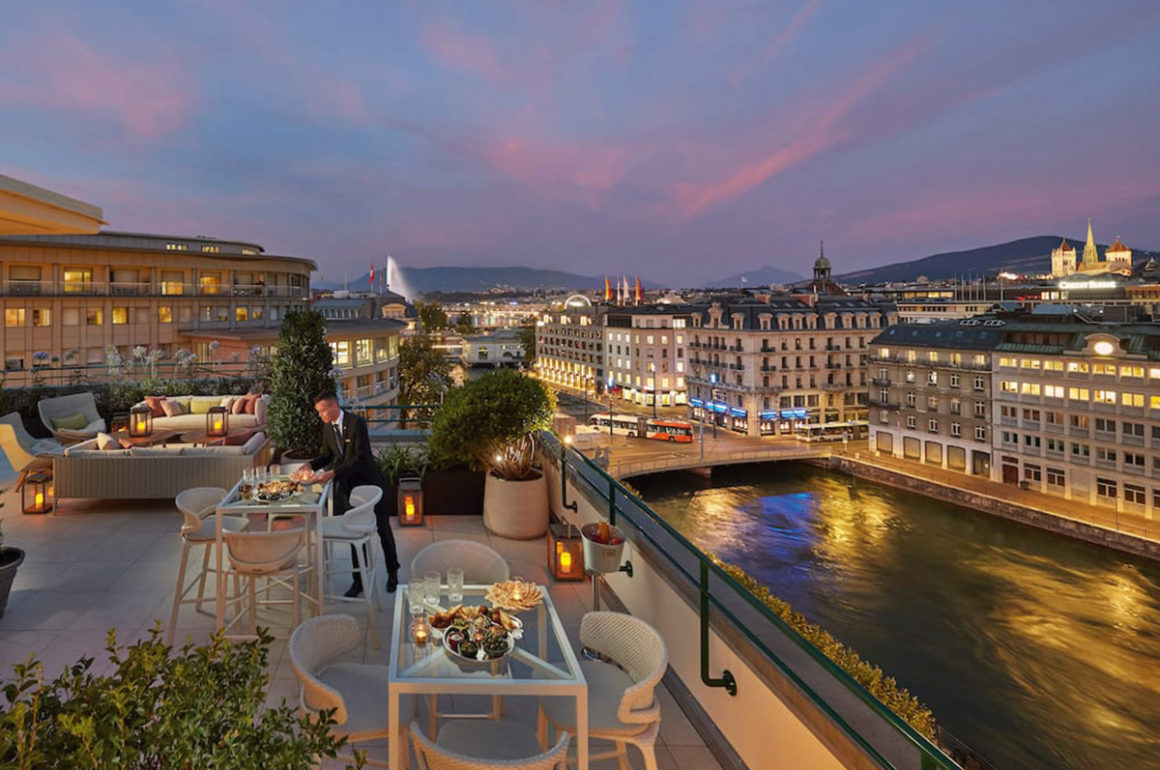
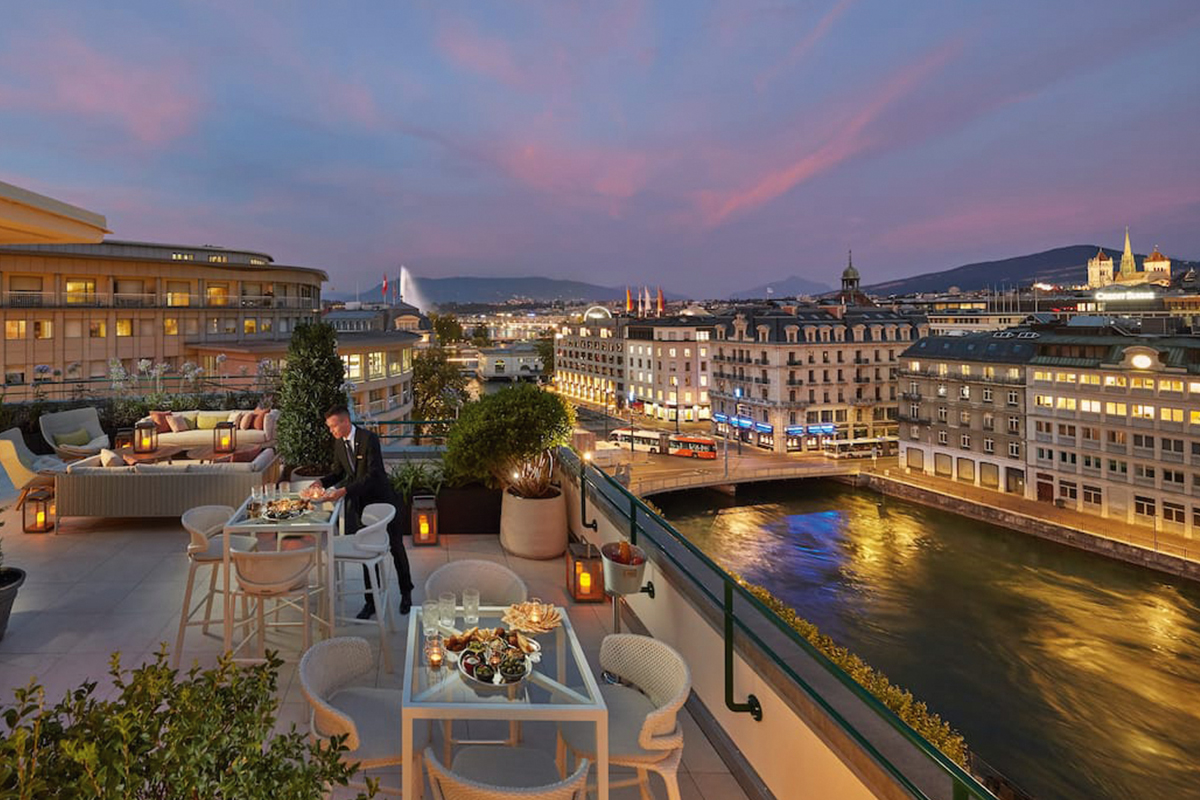
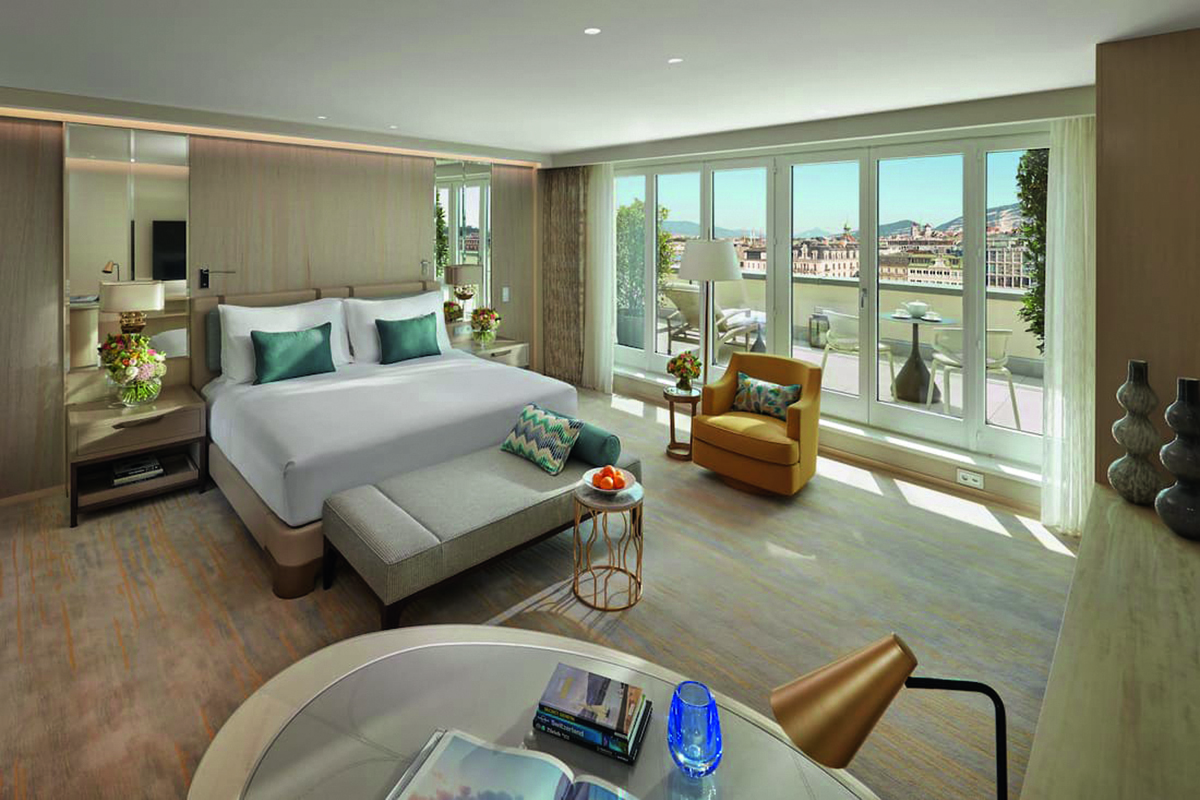
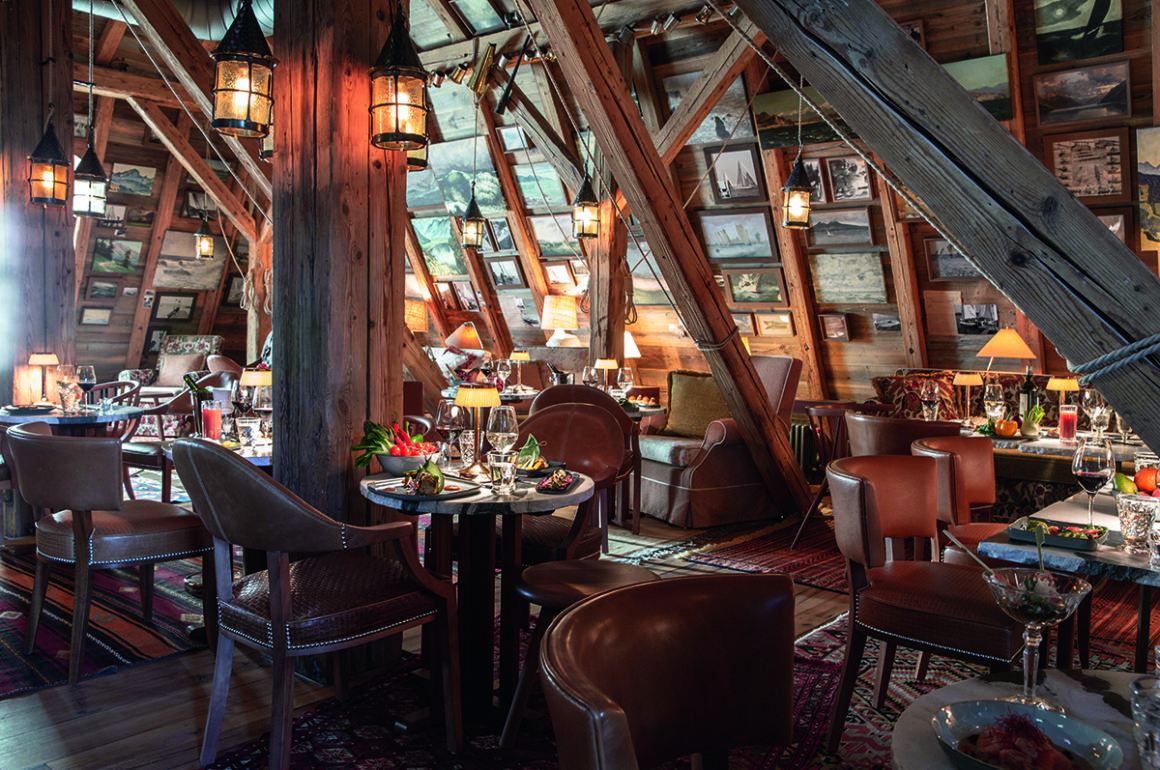
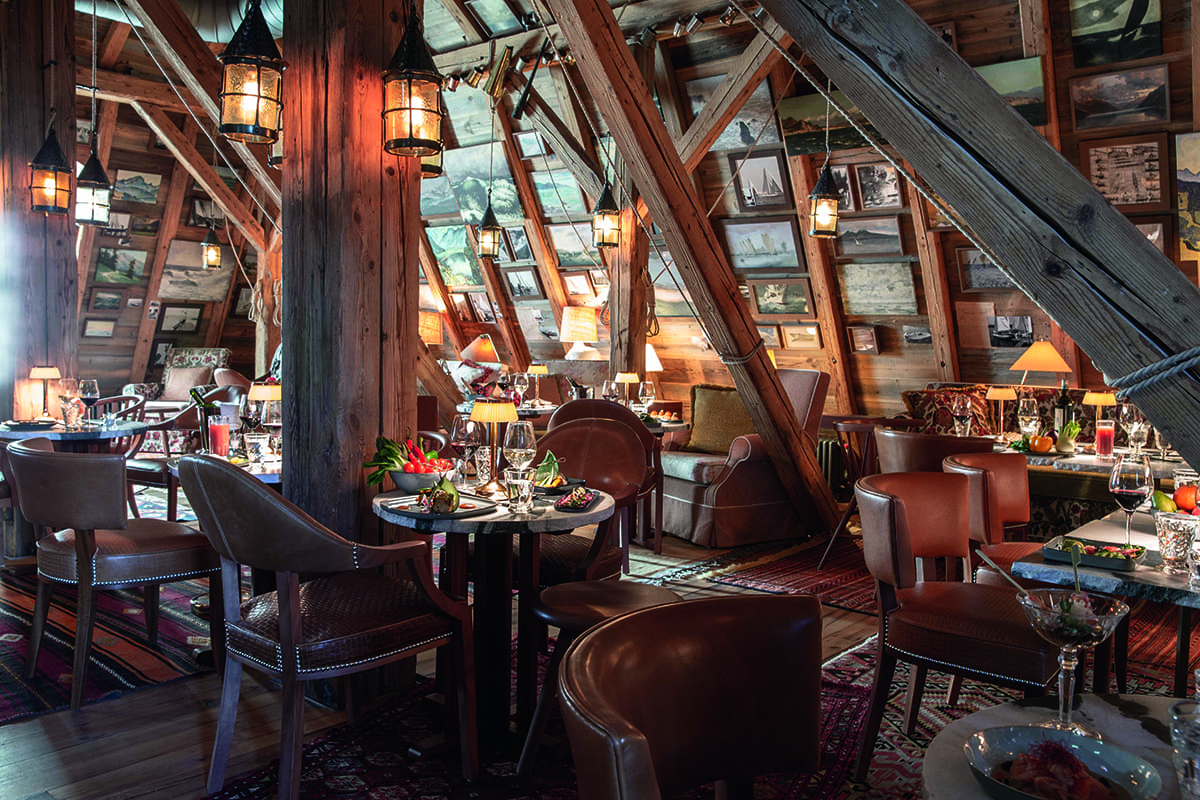
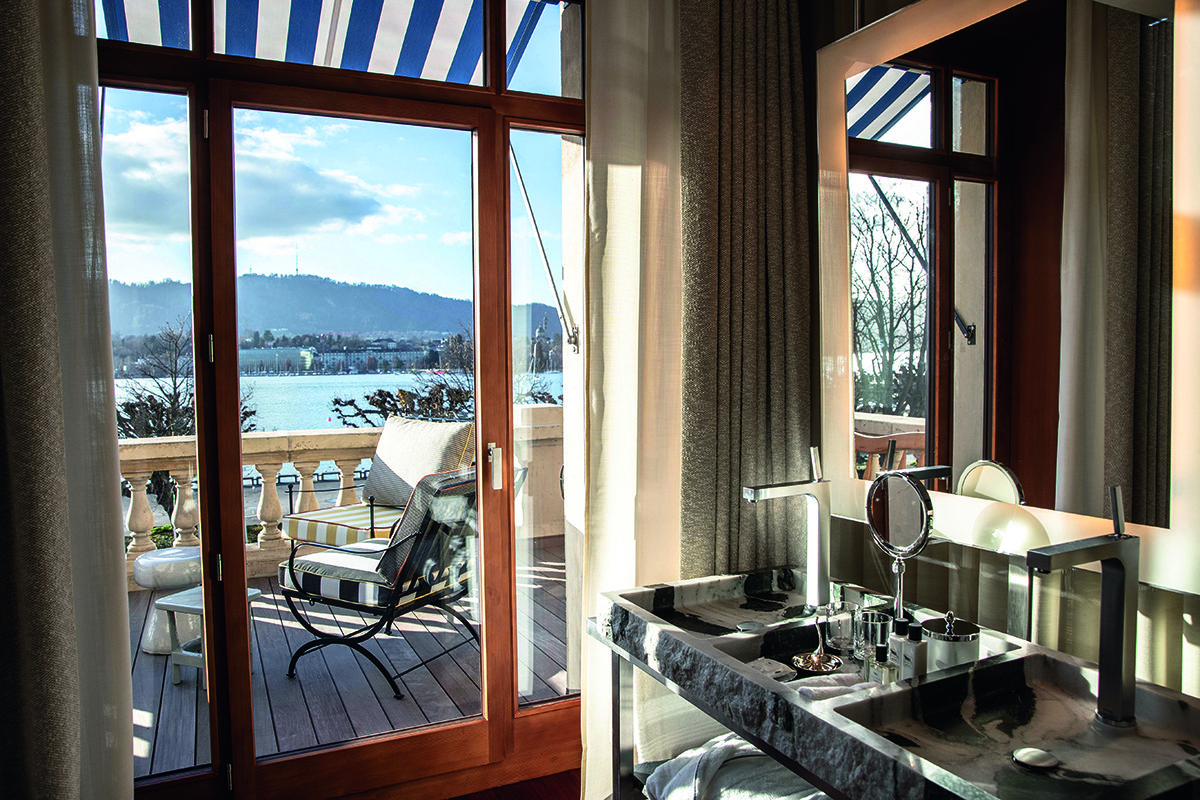
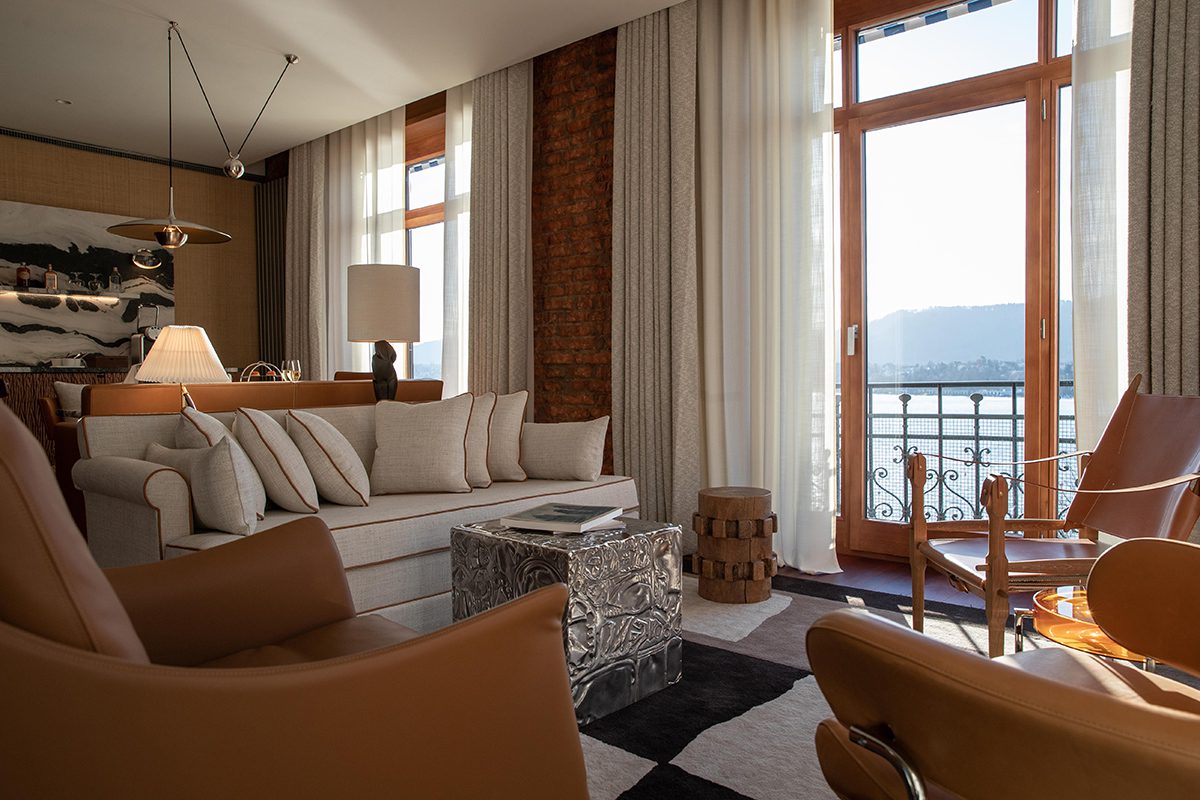
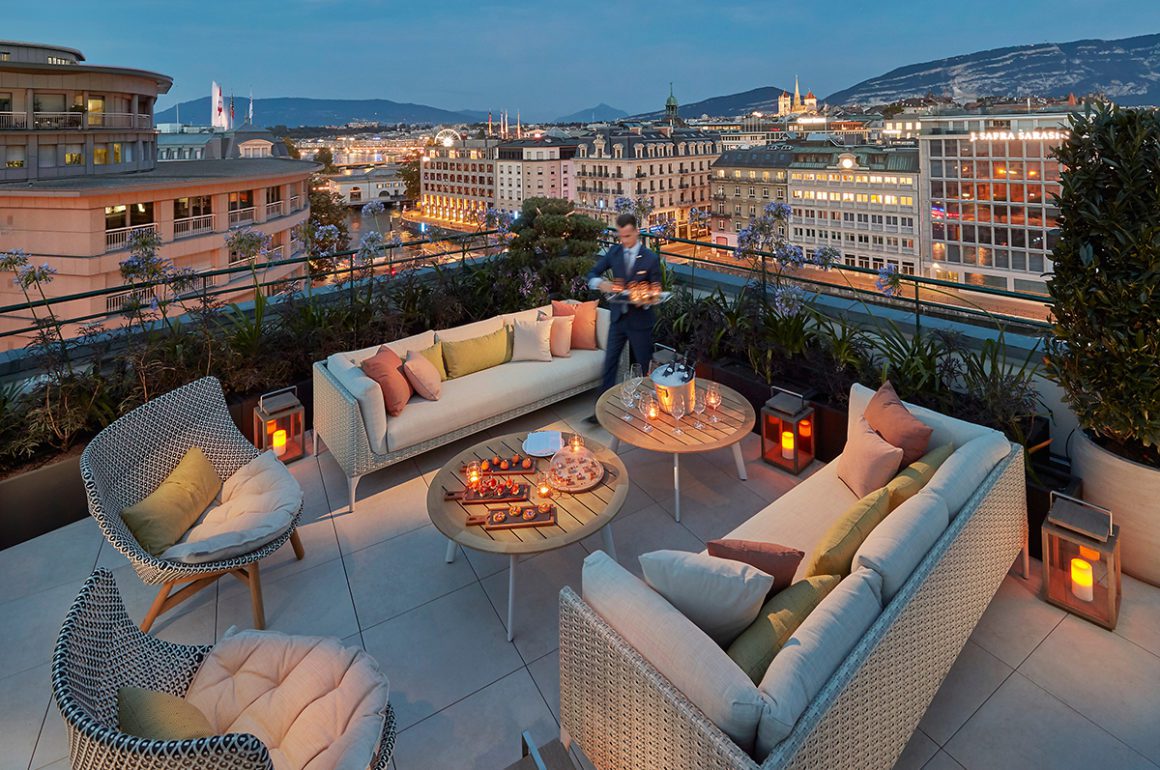
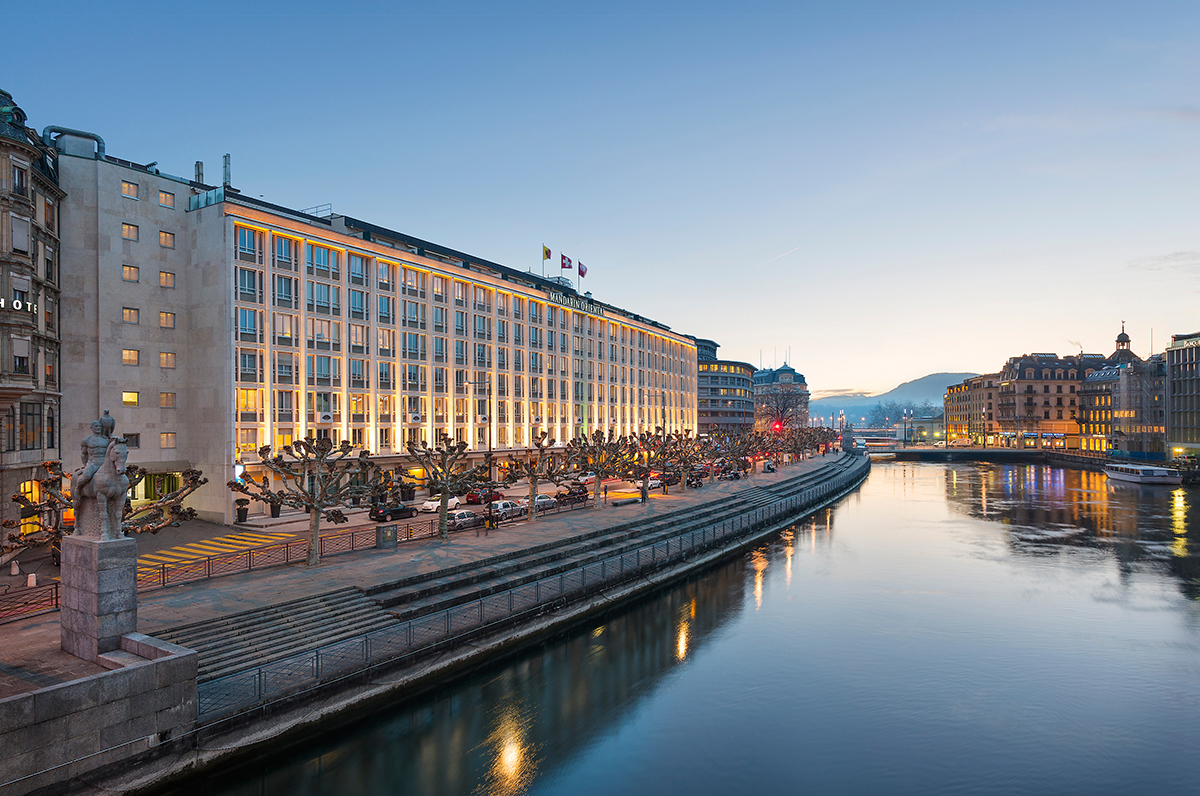
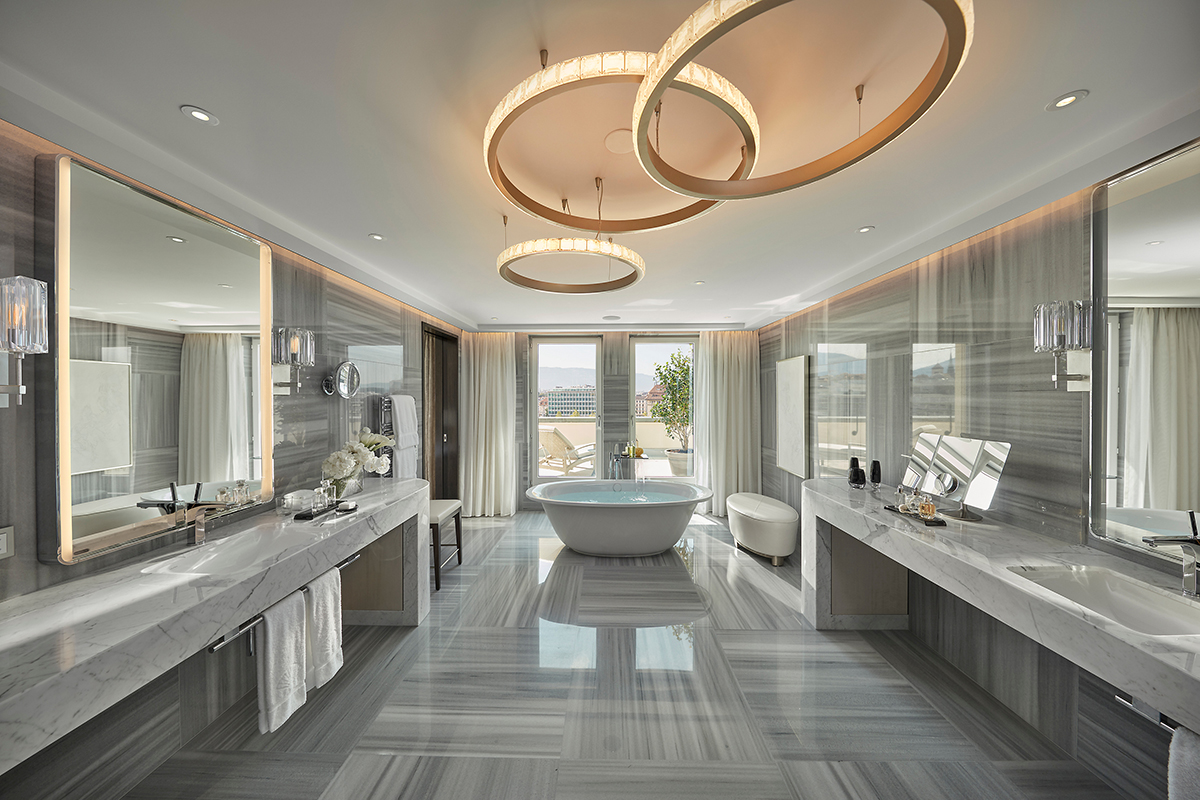
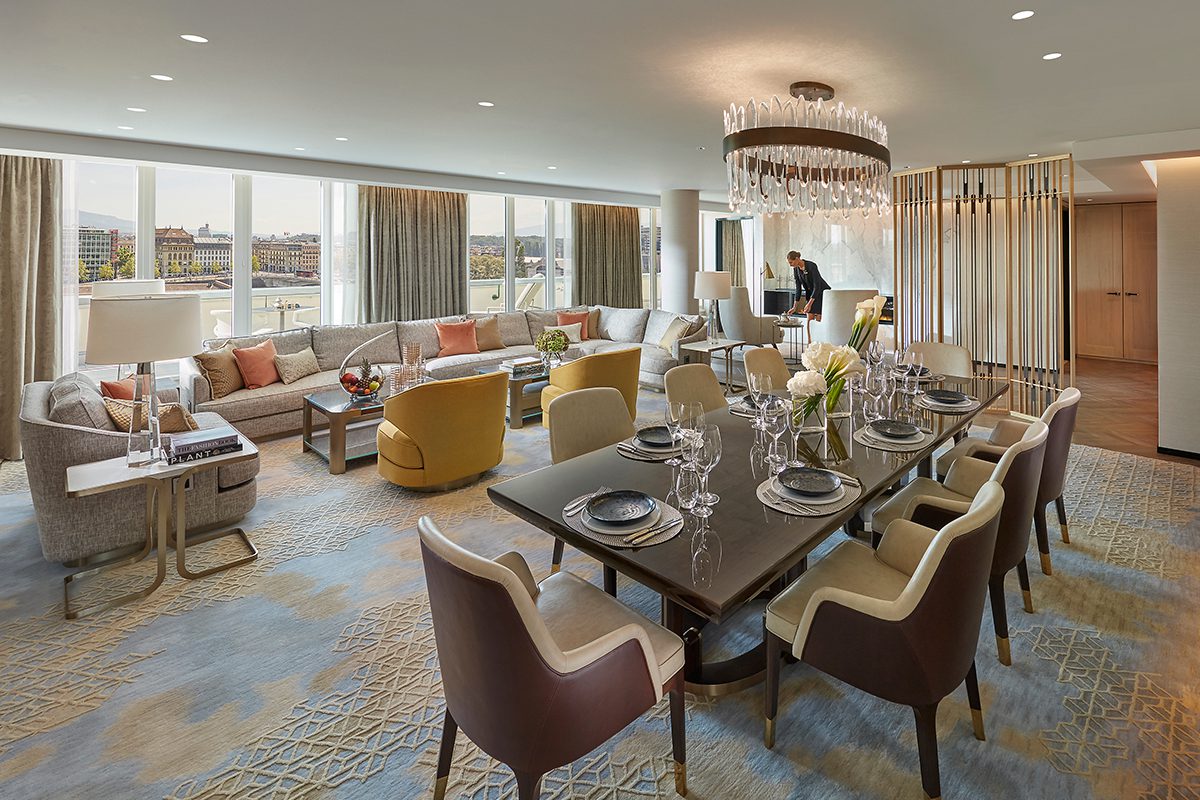
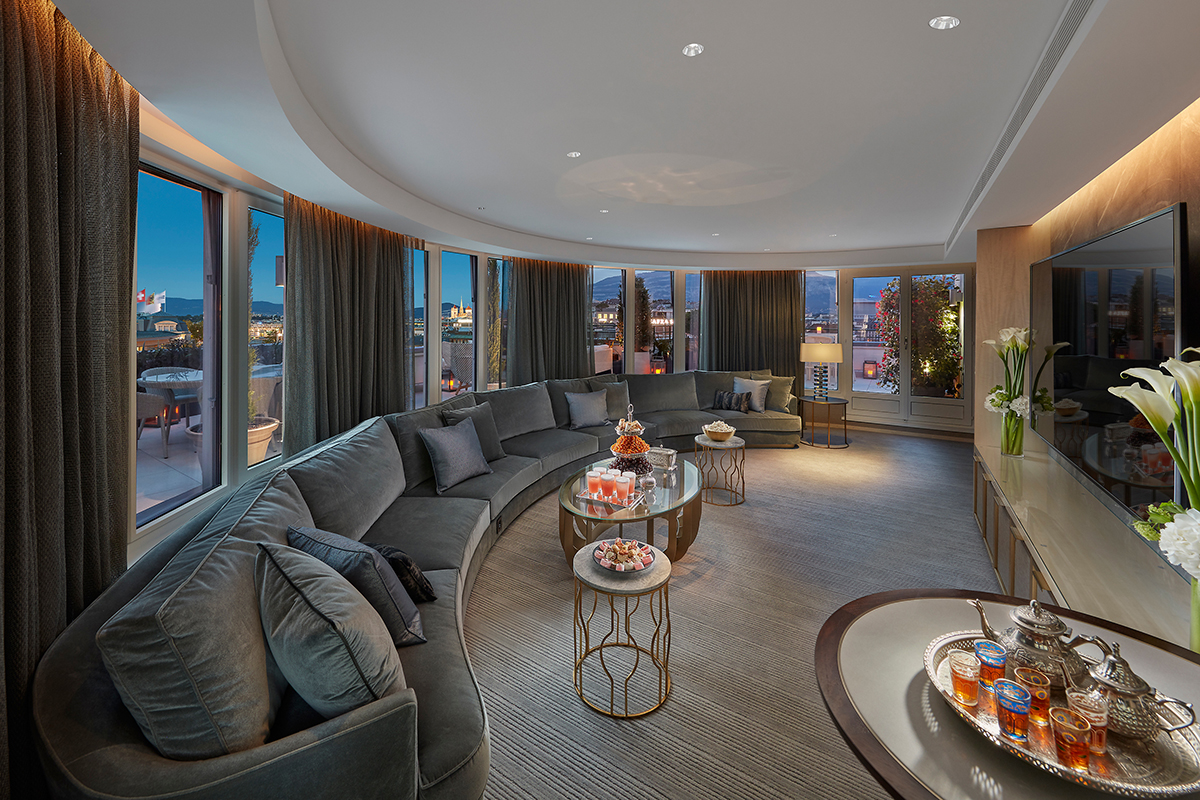
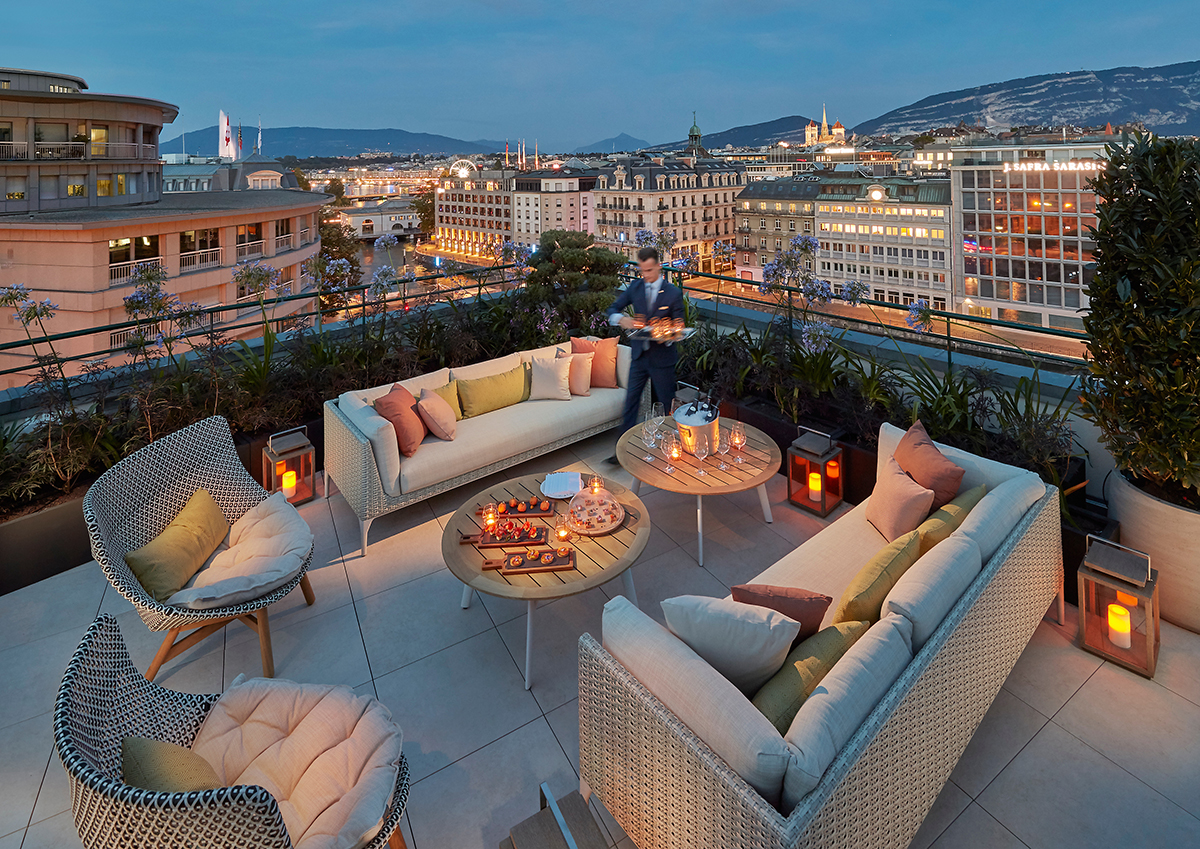
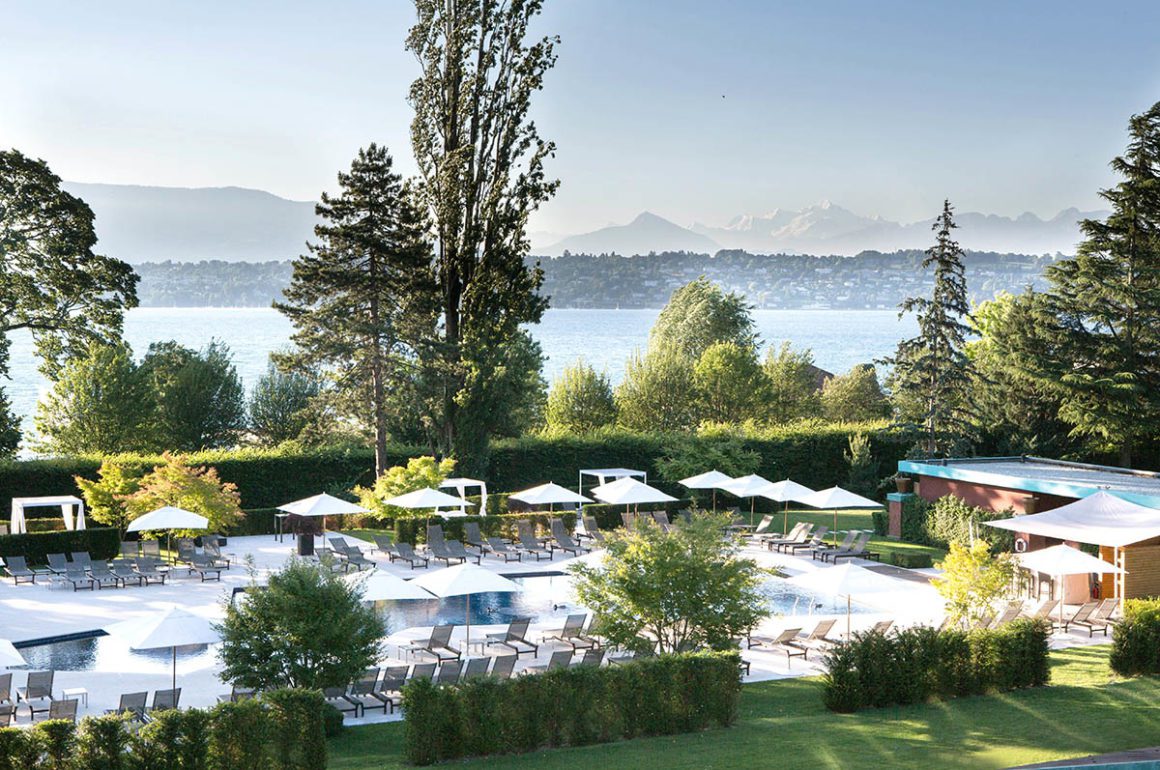
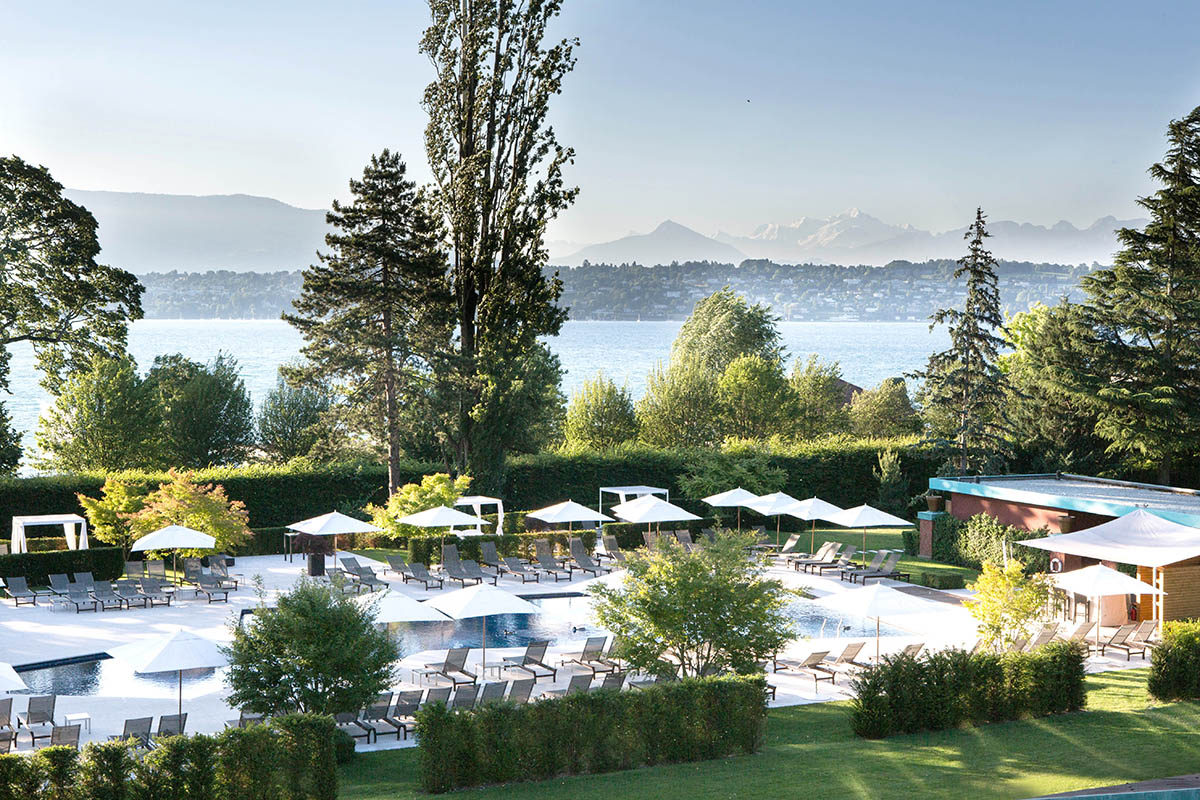
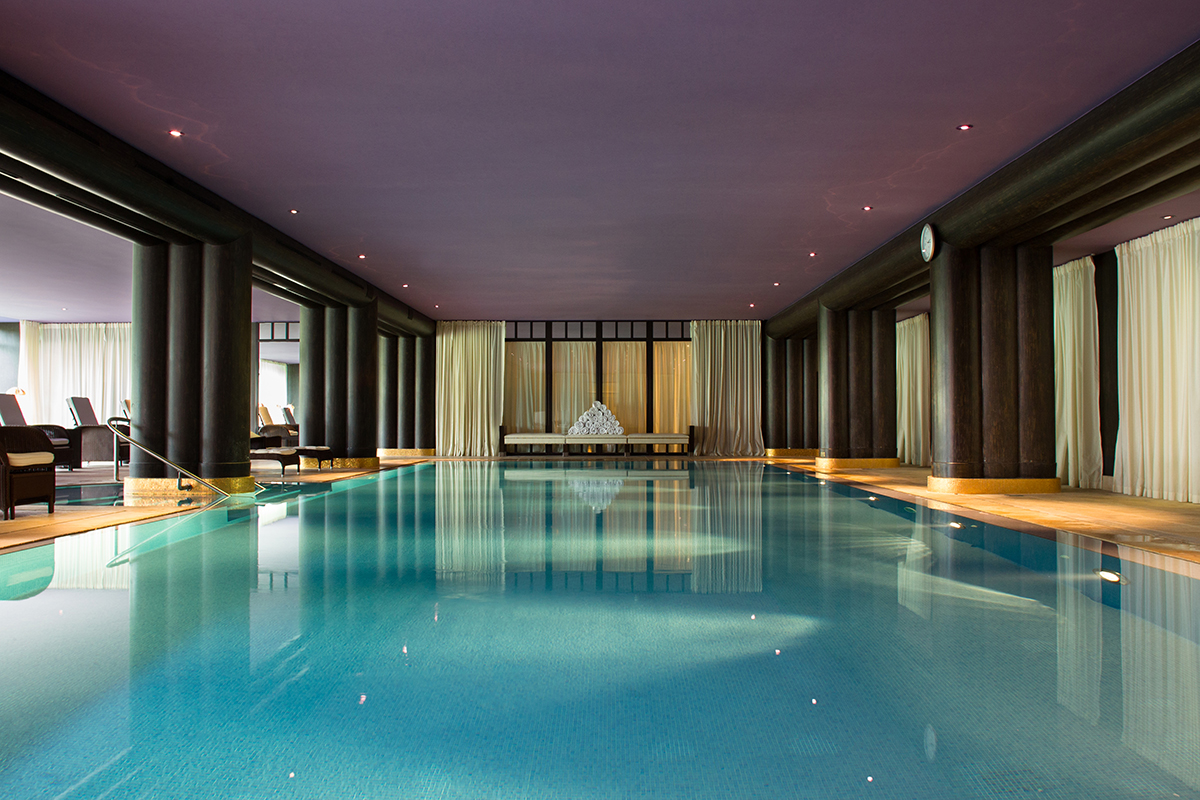
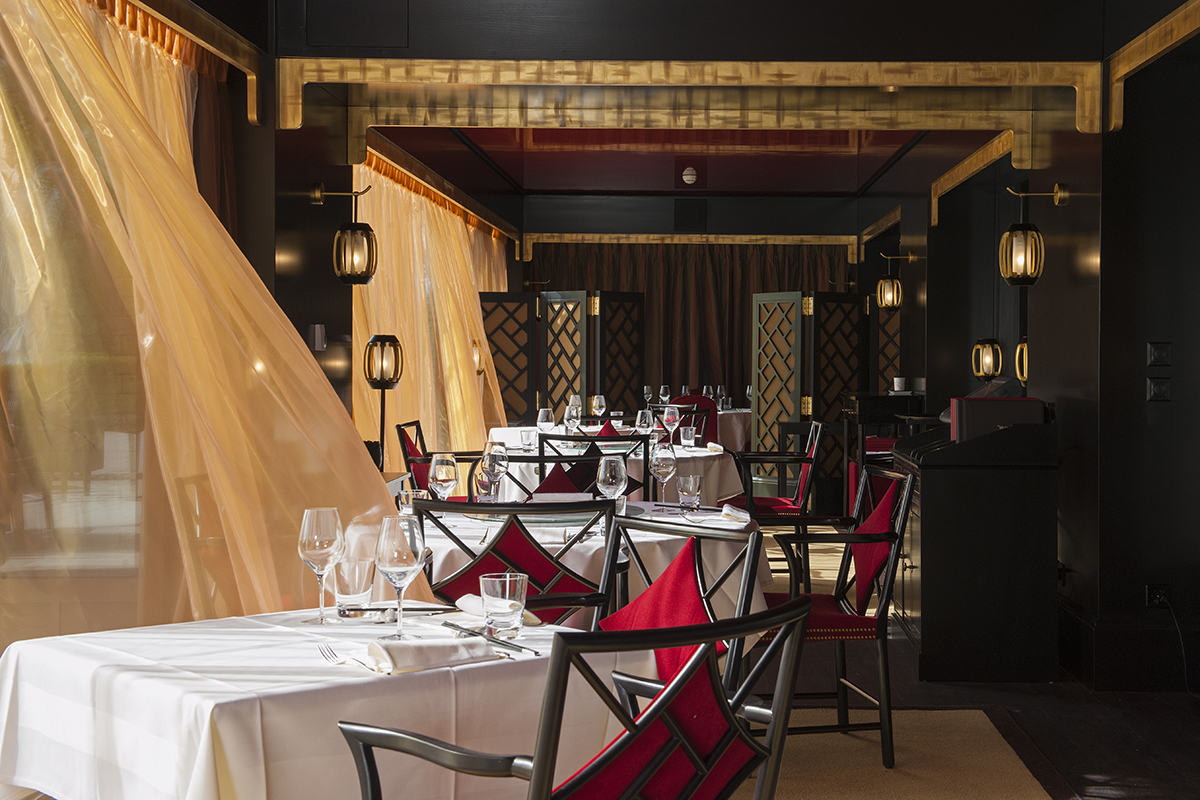
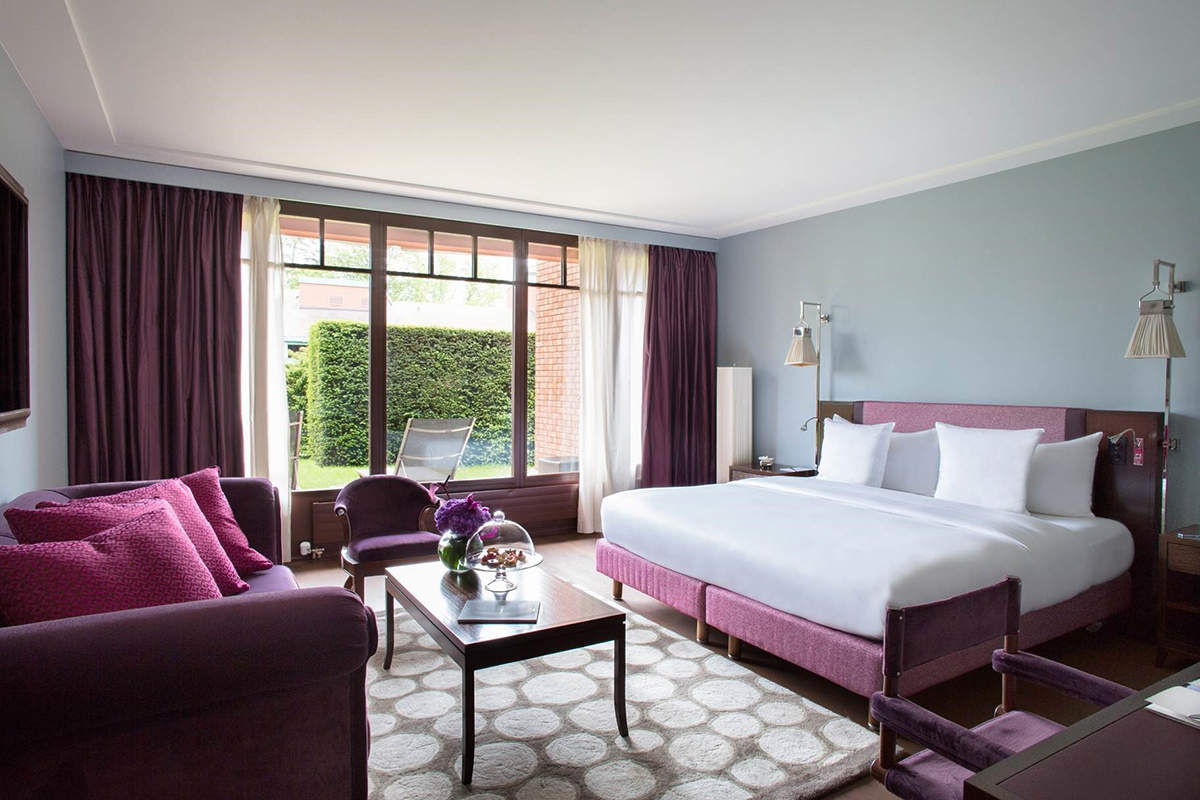
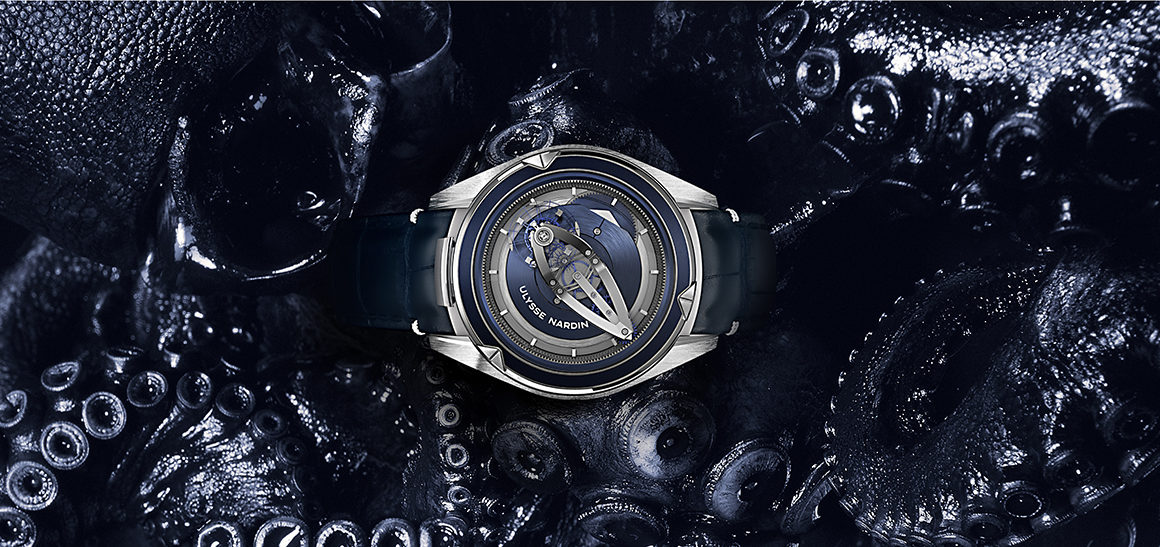
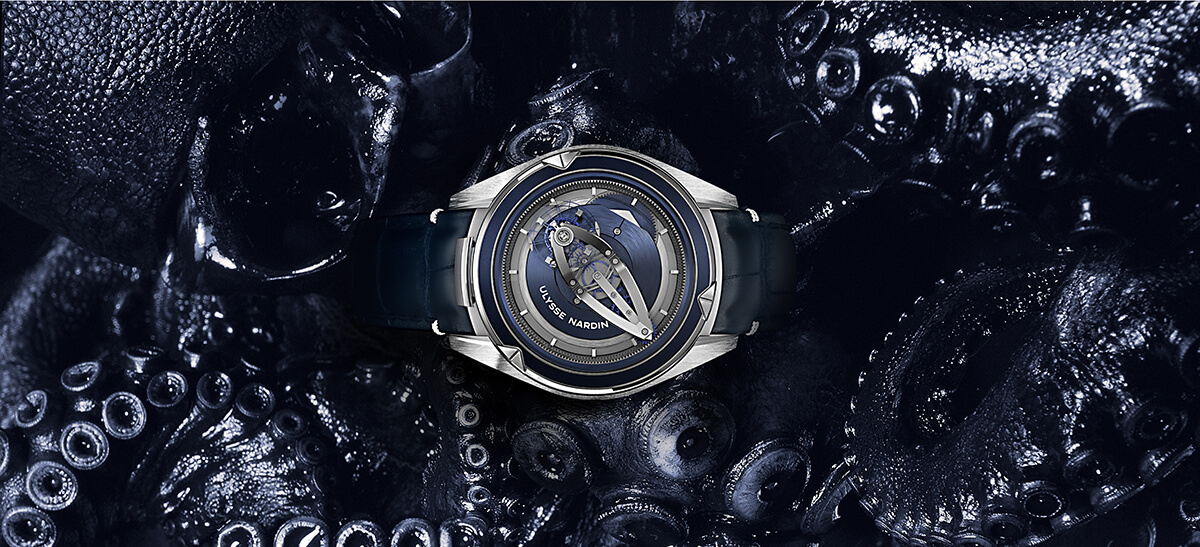
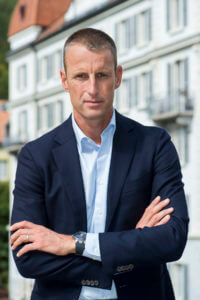
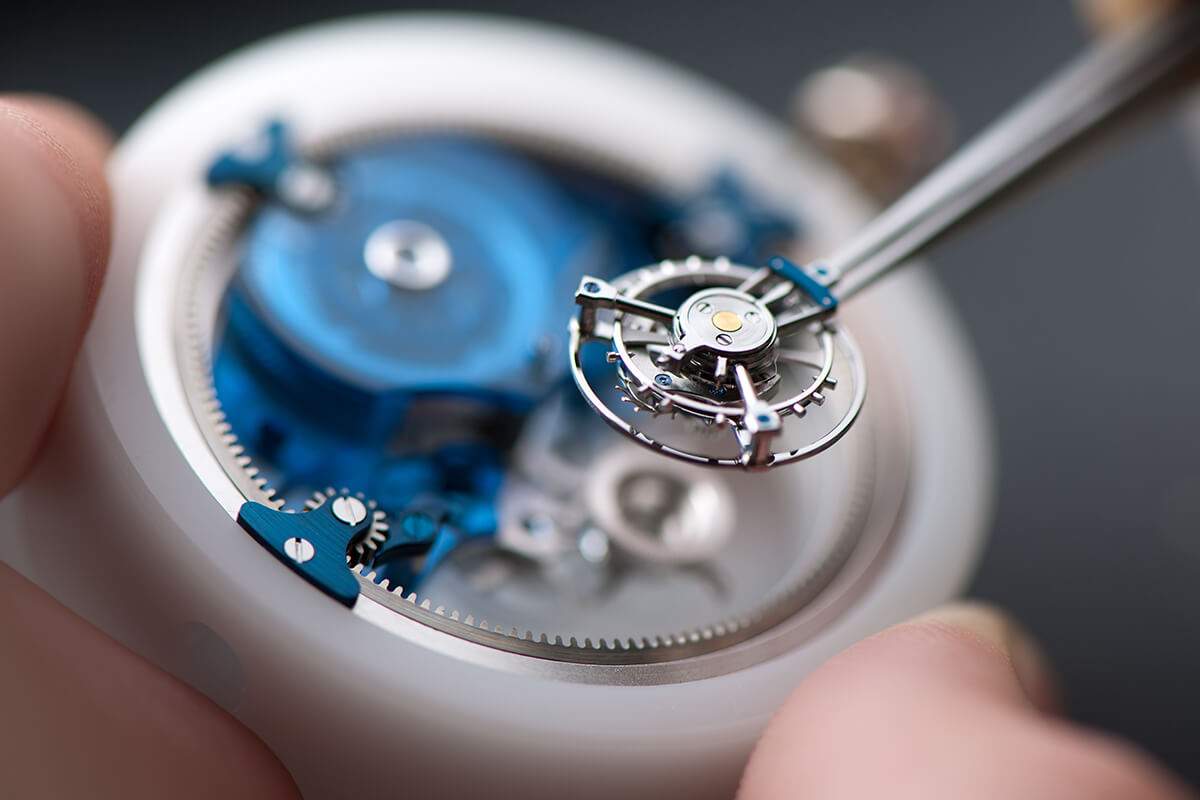
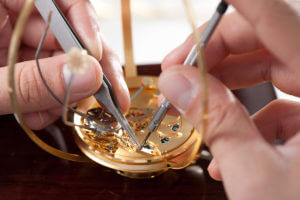
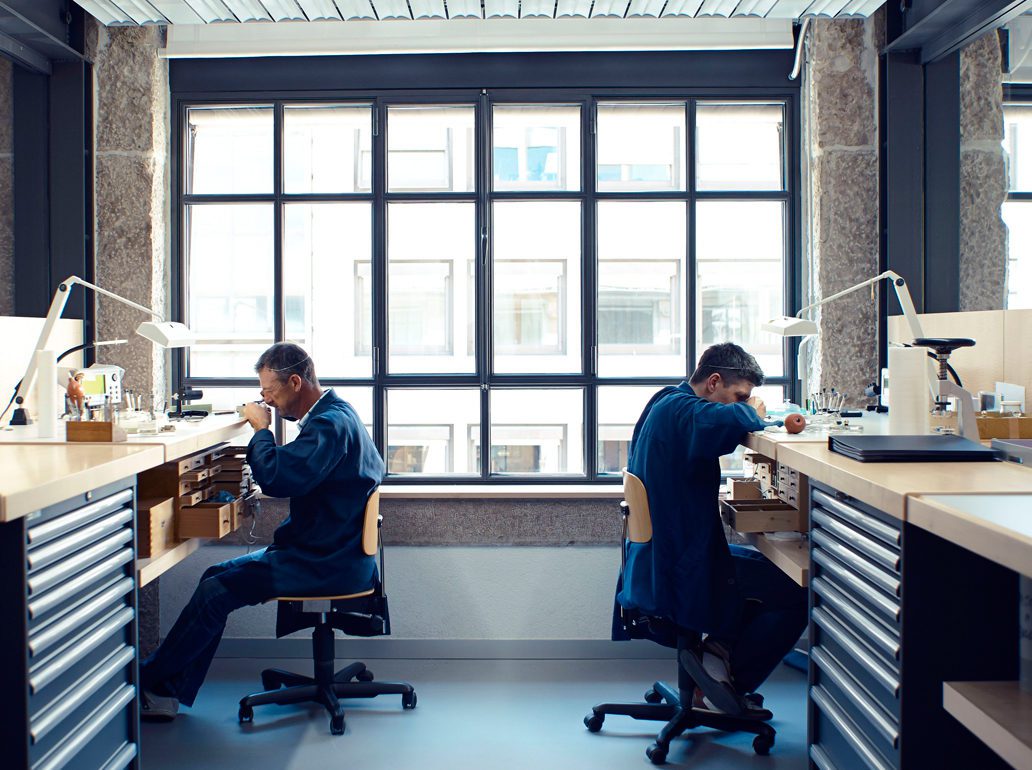









Recent Comments